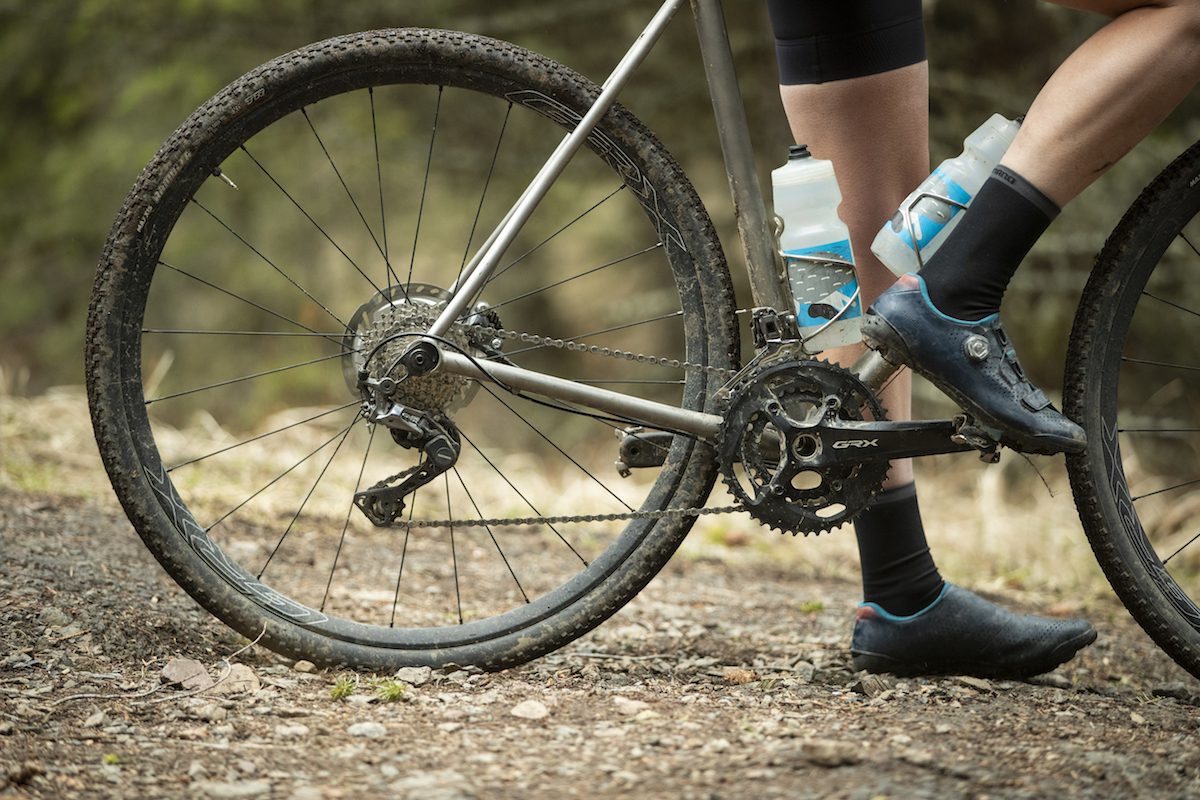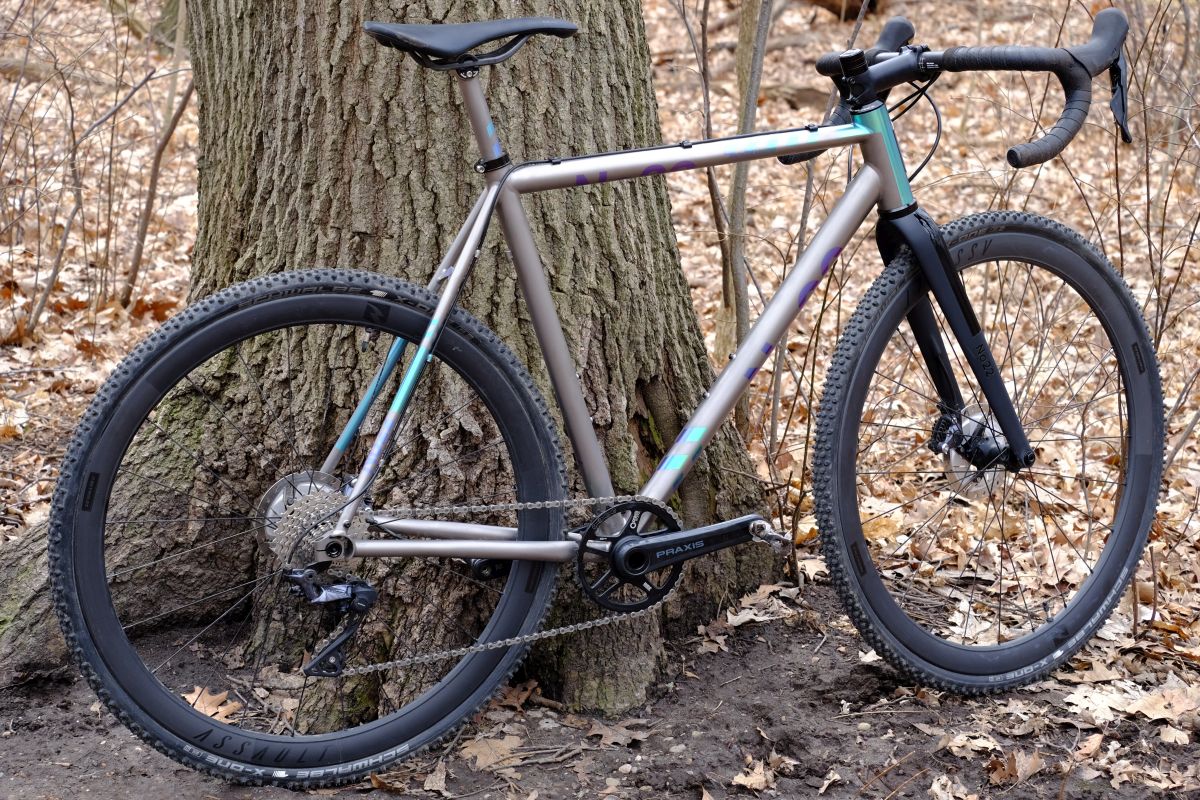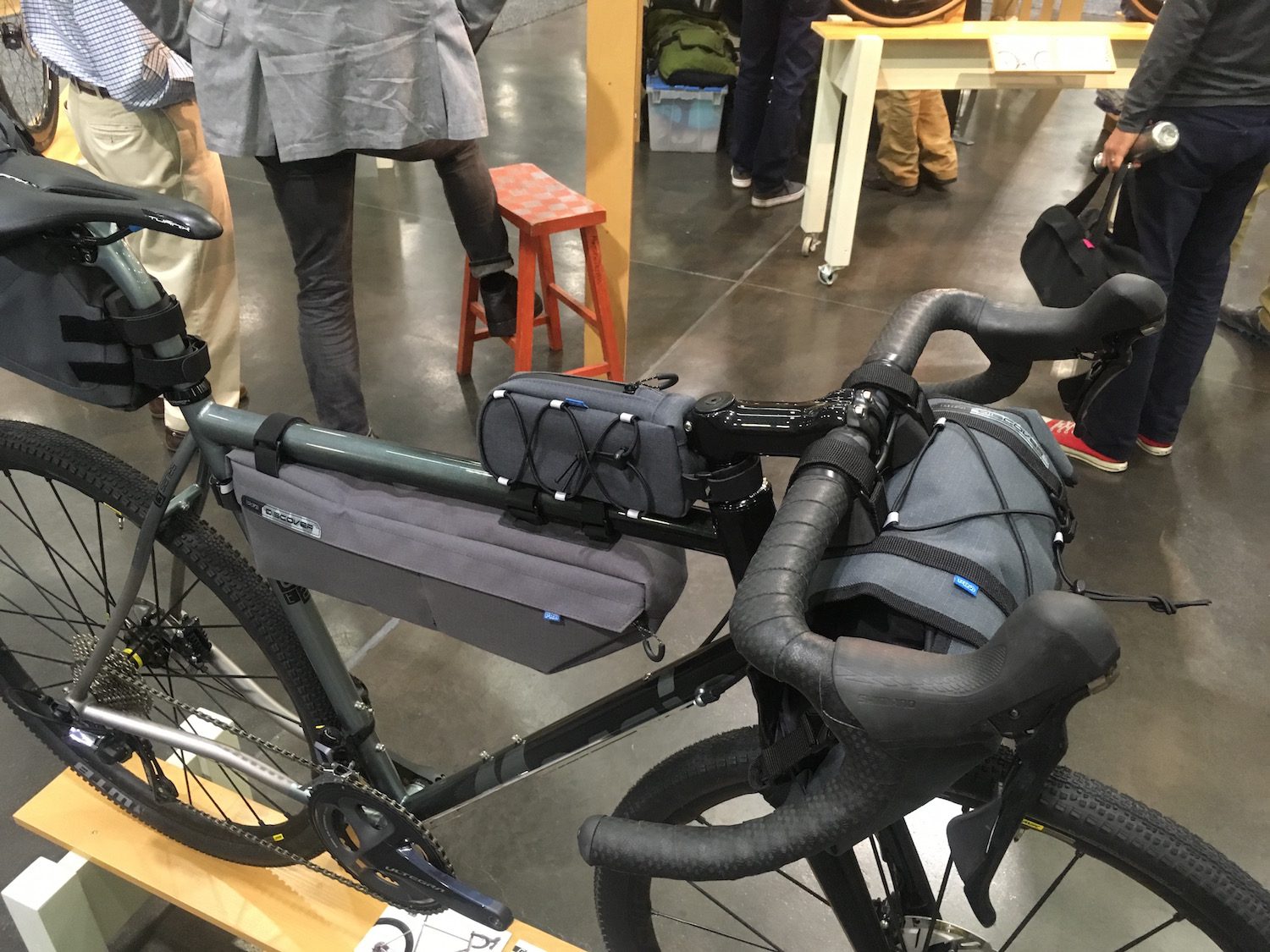How to turn a gravel bike into a cyclocross ready race machine
With a few adjustments to your setup, you'll be better prepared to navigate the technical and muddy challenges of the 'cross course on your gravel bike

Gravel bikes have enjoyed a rapid rise in popularity. With wide tire clearance, endurance geometries that make all-day adventures more comfortable, and the versatility to suit a range of riding styles and setups, gravel bikes offer a lot to competitive and recreational cyclists. While not tailor-made for the technical riding demands of cyclocross, gravel bikes can become suitable for a couple of cross races a year with a couple of tweaks to your setup. This can save you money and help you expand your riding into a new discipline. Here are steps you can take to make your gravel bike more suited for the cyclocross course.
1) Mount 33 mm cyclocross tires
If you are racing a UCI sanctioned cyclocross event, you are not permitted to run tires wider than 33 mm according to the rules. Depending on your local organizer and the category you are racing, you may be able to mount a wider tires but a 33 mm tire is the safest bet. To make a gravel bike more suitable for ‘cross you will want to choose a ‘cross tire for the conditions you are racing in bet that mud, hardpacked dirt, grass or sand. Gravel tires aren’t particularly well suited for ‘cross racing.
2) Remove bottle cages
In order to shoulder a bike up stairs, over barriers and up slipepry hills, you’ll want to make space by removing the bottle cages on your gravel bike. While your gravel bikes frame won’t have as much space for handling and shouldering, without bottle cages it will be easier to sling the bike up to carry it efficiently.
3) 1x groupset
While a 2x groupset has more versatility making them popular on gravel bikes, the rigours of cyclocross often suit a 1x setup better. A single chainring removes front shifts taking out one mechanical function that can be hindered by mud, grass or other debris in a cyclocross race. While you certainly can race cyclocross on a 2x, consider switching things up to 1x if you are going to be racing cyclocross on your gravel bike. You may also want to consider switching to a wider cassette with 34 or 36 teeth for a greater range if the course has steep hills.
4) Ditch the flared bars
If your gravel bike has flared bars, you should definitely consider removing them for a traditional or compact drop bar so sprinting up the finishing straight is more efficient. Flared or wide handlebars will also reach out at every corner for the course tape so it’s definitely in your interest to adjust your cockpit so it better suits cyclocross. Flared and extra-wide bars improve stability and control on bumpy gravel roads but can limit you in cyclocross races. You can also angle your hood angle upwards for better control

5) Pedals and shoes
Racing cyclocross, you often need to dismount and run through mud. Cyclocross shoes often have metal spikes that help grip to slippery surfaces while gravel shoes might just have rubber soles. See if you can replace the rubber spikes on your shoes for metal ones if you want to have the best purchase when dismounted. You should also be using a pedal that clears mud efficiently. Road pedals are out of the question for cyclocross.
6) Adjust saddle height and stem
You may want to make some minor adjustments to your gravel bikes set up to make it more suitable for cyclocross. You could also put a longer stem to compensate for the shorter top tube on gravel bikes that put you in a more upright position. You may also find you want to adjust your saddle height with remounting and riding out of the saddle quite prevalent in ‘cross races, it’s worth experimenting to see what you are more comfortable with.
7) Remove racks and bags
While a bar bag or pannier may be useful on an all-day adventure, over a race that lasts less than an hour you can strip your bike of the access storage. Bags and racks can easily attract mud and are simply unneeded in cyclocross so take them off your bike.
Limitations of a gravel bike for cyclocross
Changing the geometry of a bike is impossible and is the hardest difference between ‘cross and gravel bikes to overcome. The headtube on cyclocross bikes tend to be steeper providing sharper handling allowing you to make fast turns and navigate hairpins with more control. In comparison, a gravel bike will have a shallower head tube angle and longer chainstays which is good for stability on rough roads but means you’ll need to scrub more speed in turns. The more slacked-out, longer geometry of gravel bikes will be the biggest compromise to the faster, more aggressive geometries on a pure ‘cross bike.

The amount of mud-clearance on gravel frames can also be a limiting factor. Cyclocross bikes are designed to be able to clear mud because courses tend to be often very muddy. If your gravel bike came with 650b wheels as is becoming increasingly popular, you’ll also have to change the wheelset to 700c if you want to compete in UCI sanctioned events or more competitive categories at your local ‘cross races.
However, if you only plan to race a couple of cyclocross races over the season and want to save some money, making some adjustments to your gravel bike may be sufficient come race day.


